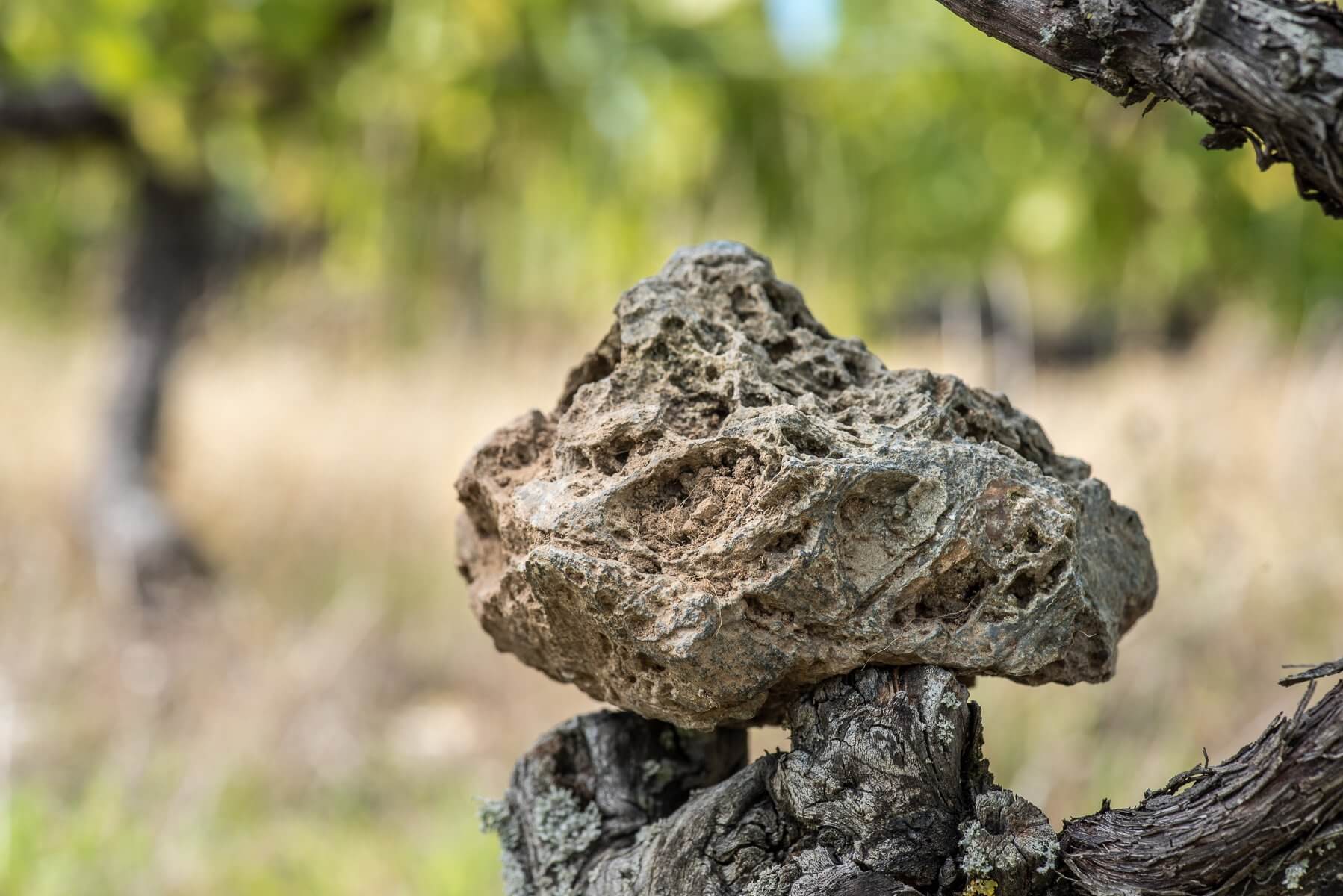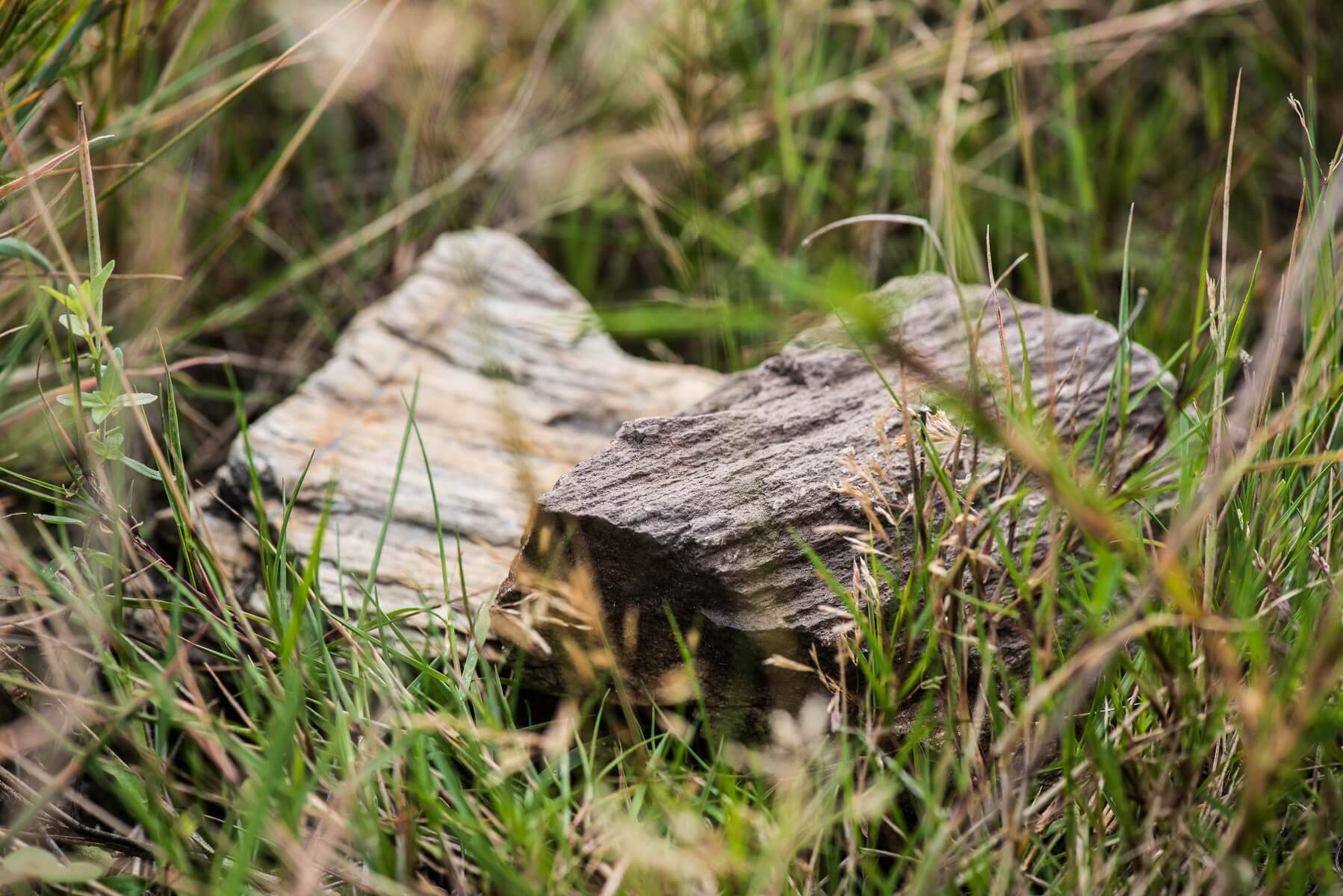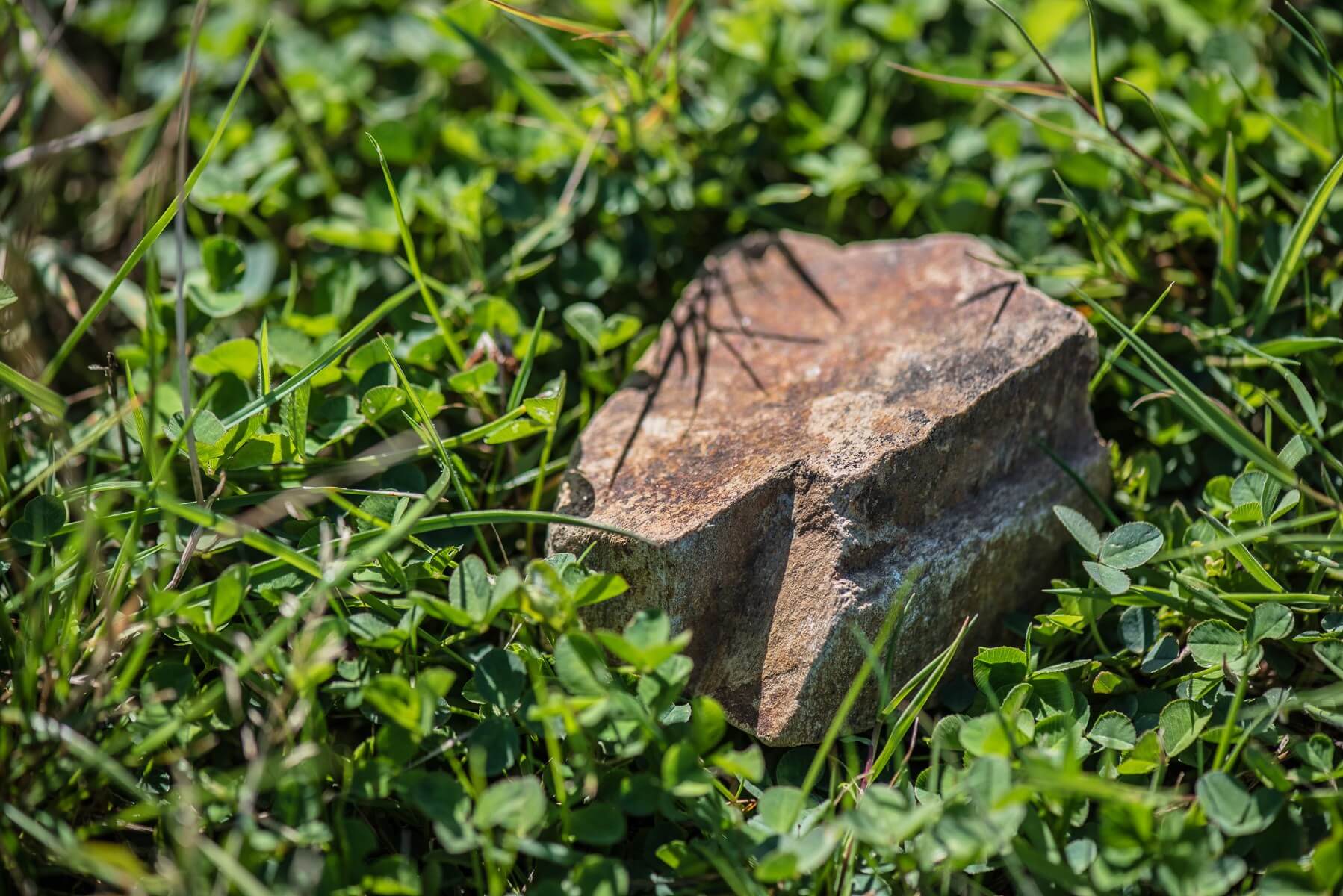
The Nantes wine region is situated on the crystalline basement of the southeastern tip of the Armorican Massif, which reaches from the Paris Basin in the east (starting with Anjou Blanc) to the Aquitaine Basin in the south. This is one of the region’s defining characteristics, a contrast to the sedimentary platform generally composed of limestone upon which neighboring regions (except the small part of Anjou Noir) and a great number of vineyards are located.


Dating back to the Precambrian Era, this ancient massif exhibits major variation and complexity of rock formations. A series of geological events resulted in the formation of plutonic rock (granite and gabbro) and metamorphic rock (including gneiss, orthogneiss, mica schist, amphibolite and serpentinite). Depending on their location, these layers of rock may be covered in places by sediment from the Tertiary Period (including pebbly sand, clay, quartz clay and pebbly quartz) and even the Quaternary Period (loess). The nature and chemical composition of these rocks, which form the subsoil of the Nantes wine region, significantly differ from one another, resulting in soils with a wide range of characteristics and behavior.

These highly diverse rock formations have also undergone various alterations (they may be massive, fractured or arenaceous rock, silt, decomposed clay or alterite) and erosion depending on topography and river systems (which include the Sèvre, Maine and Loire rivers).
The Nantes wine region is therefore characterized by major geological complexity, a phenomenon that is accentuated by highly diverse soil and hydrographic and topographic profiles. It is this very diversity, when coupled with the expertise of local winegrowers, that is soul of the Vins de Nantes.







